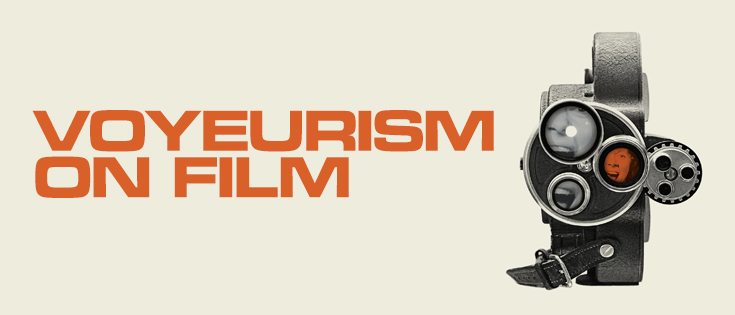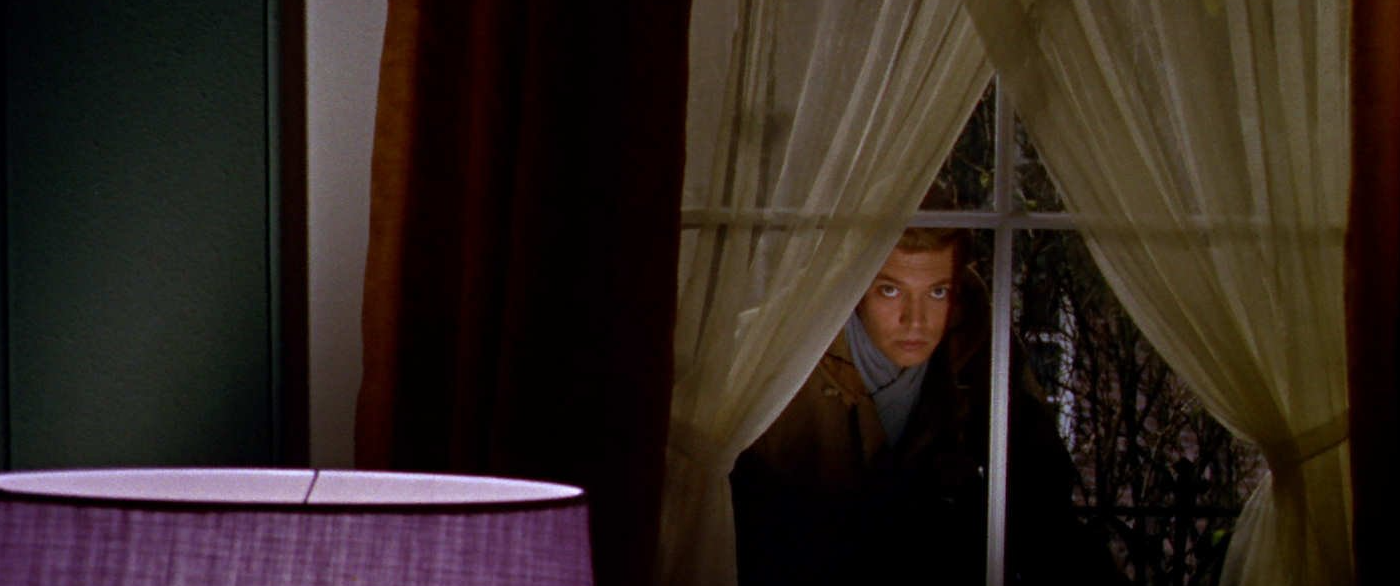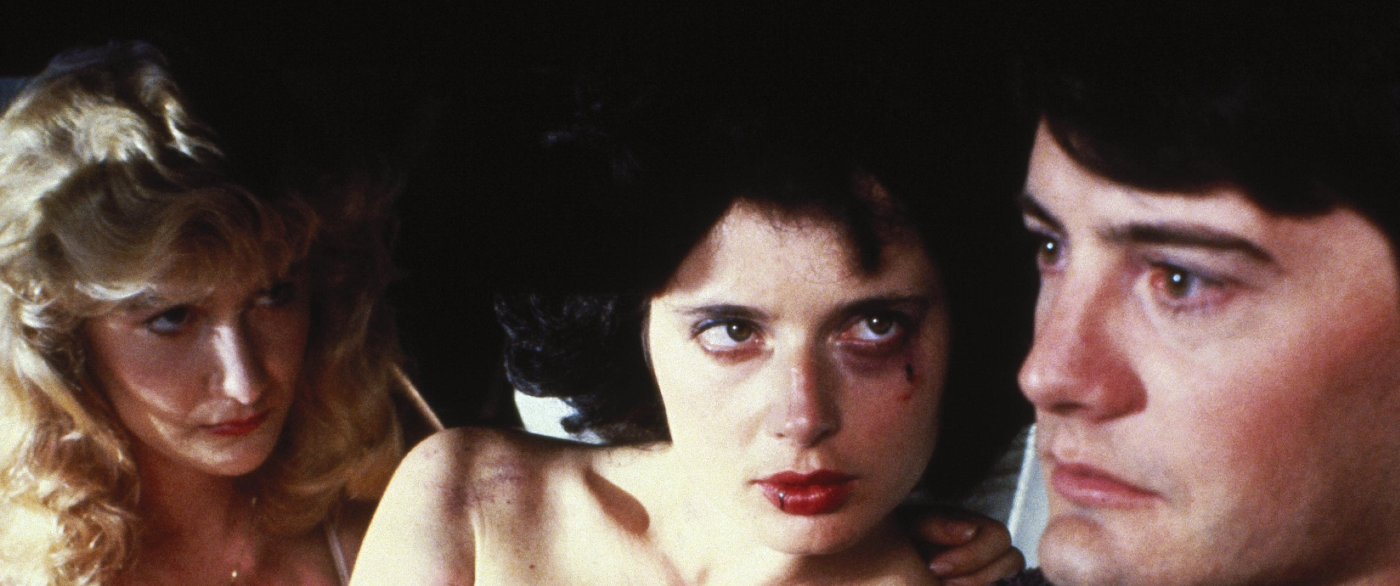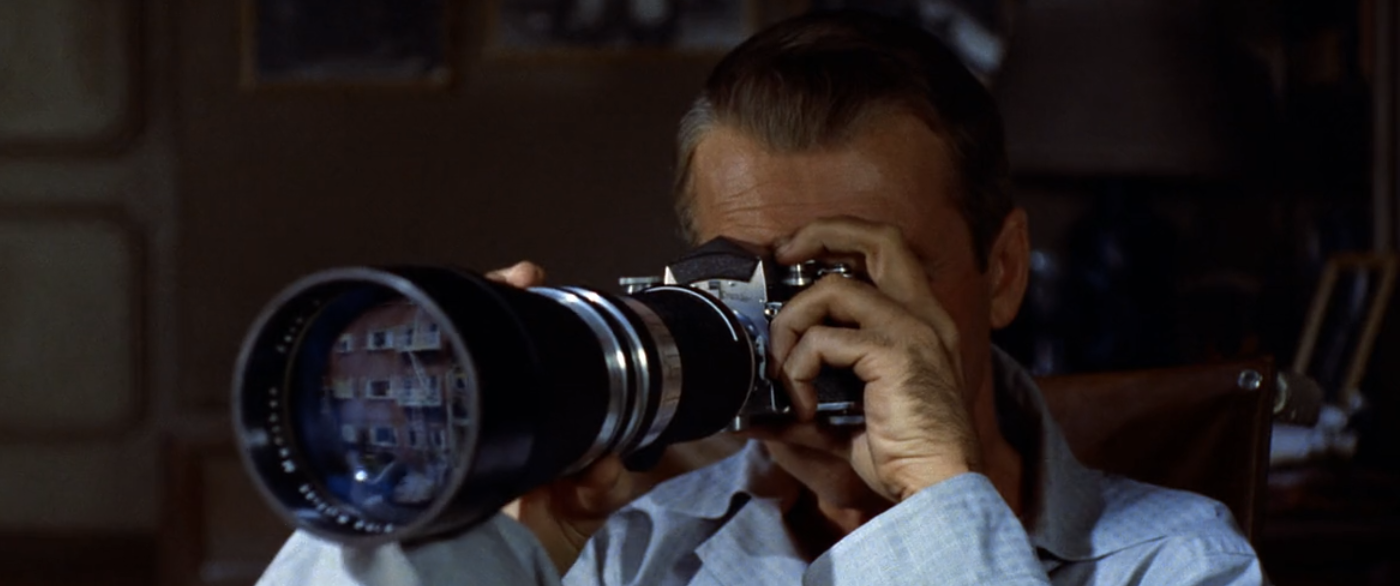in-store offers
10 of the best
Voyeurism on film

The allure of voyeurism beckons audiences to peer through the keyhole of human experience. The term, borrowed gracefully from the French vernacular, “voir” or “to see” takes centre stage as filmmakers employ the art of observation to unravel the enigmatic layers of desire, intimacy, and the delicate dance between public and private domains. The act of watching a film is inherently intertwined with the essence of voyeurism. Like a clandestine observer, audiences surrender to the allure of the silver screen, immersing themselves in the lives of fictional characters as they traverse the carefully crafted landscapes of filmmakers. This shared experience embodies a peculiar form of voyeurism, where spectators become silent witnesses to the unfolding narratives, peering into the personal and intimate moments of characters’ lives.
It also serves as a gateway to broader discussions about the ethical implications of observation, which resonates with the real-world challenges and ethical dilemmas posed by an increasingly interconnected and monitored society. The power of voyeurism, therefore, lies not just in its ability to captivate audiences within the confines of a movie theatre but in its capacity to stimulate broader societal conversations. As audiences engage with the complexities portrayed on screen, they are prompted to consider how these narratives intersect with their own lives and the world at large.
Here are 10 of our favourite films depicting Voyeurism on screen…


 Blue Velvet (1986)
Blue Velvet (1986)
2 Comments
Das Leben der anderen heb ik doorstaan. Echt een klassieker!
I have seen more of these than I thought.